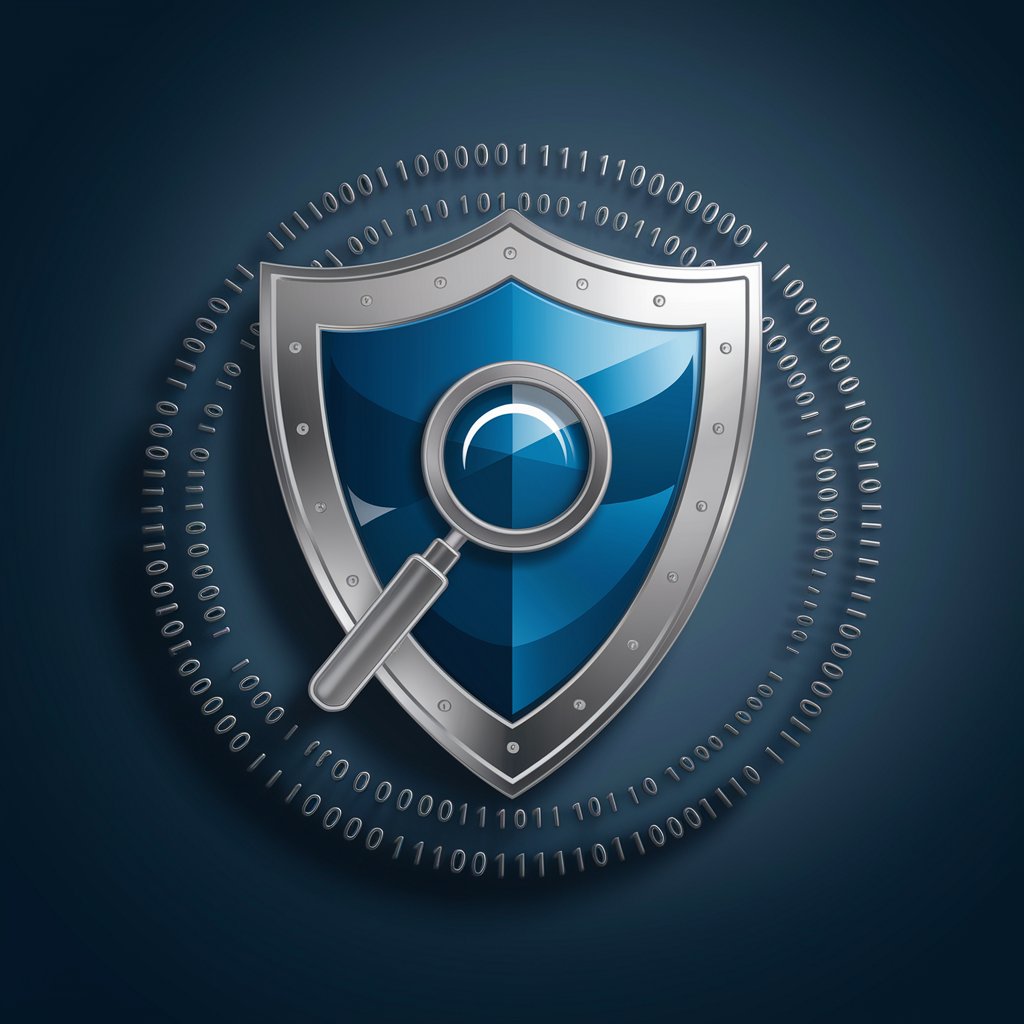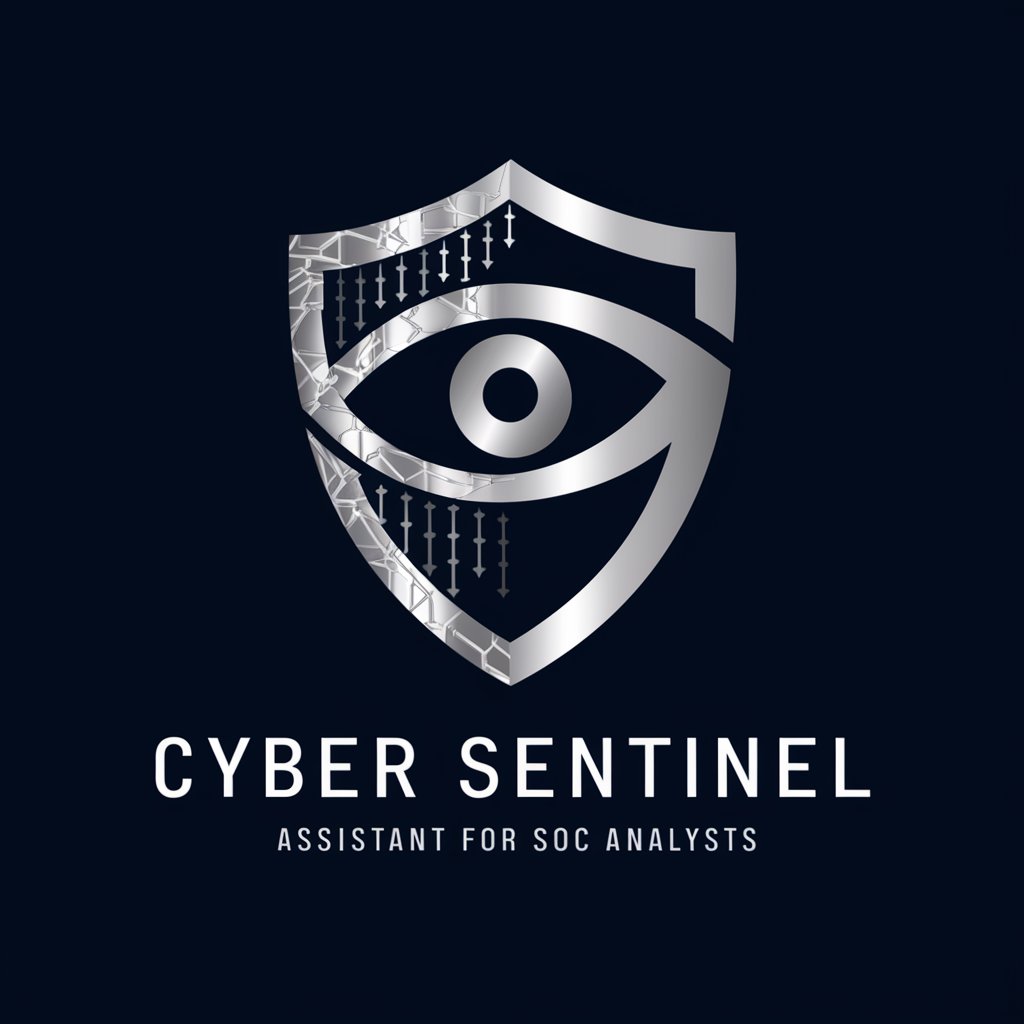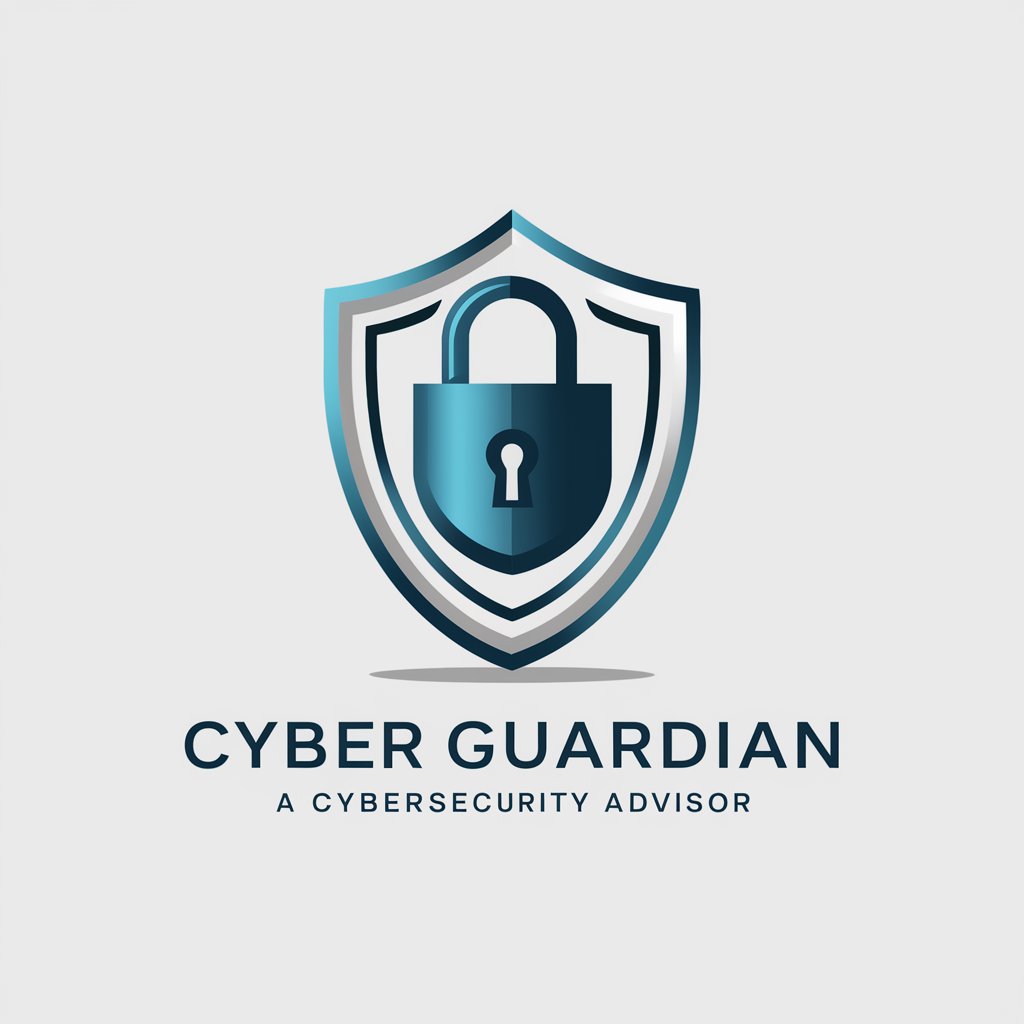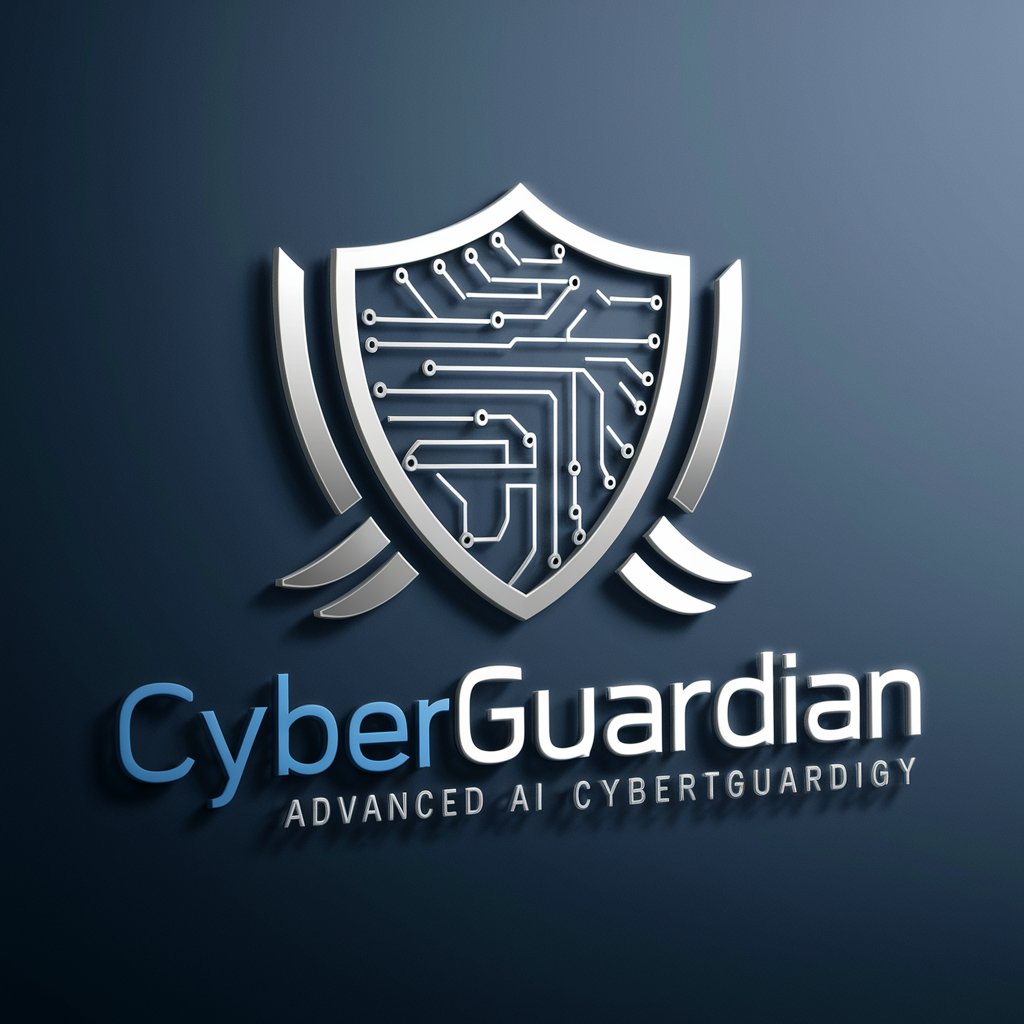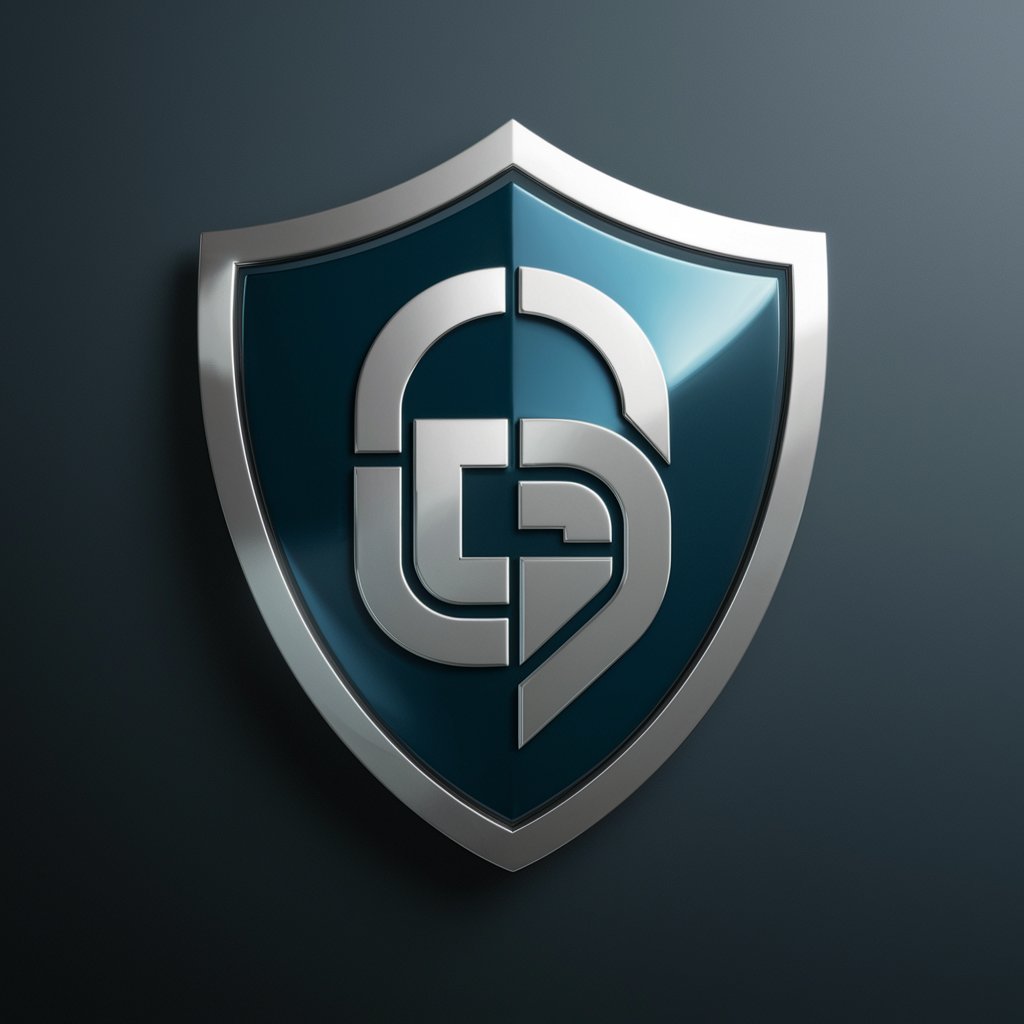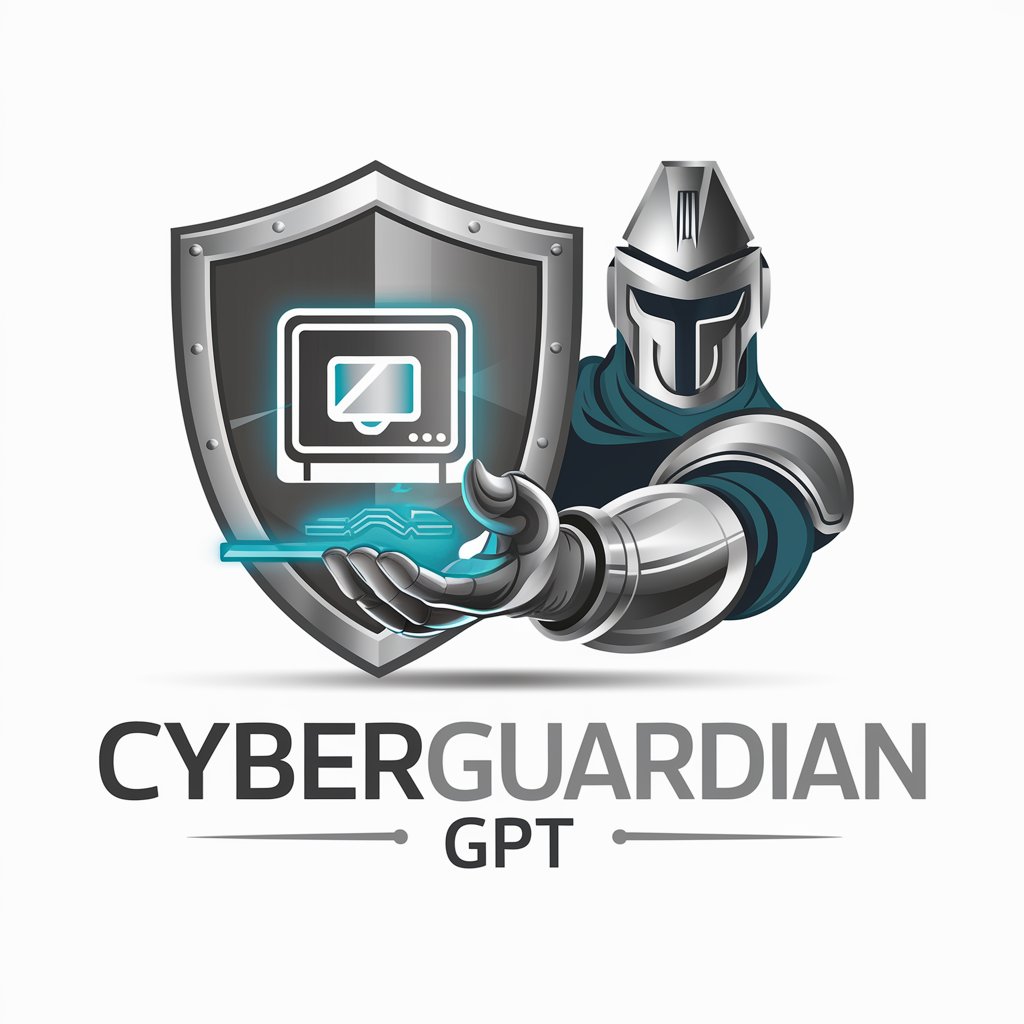
CyberGuardian - Cybersecurity Enhancement Tool
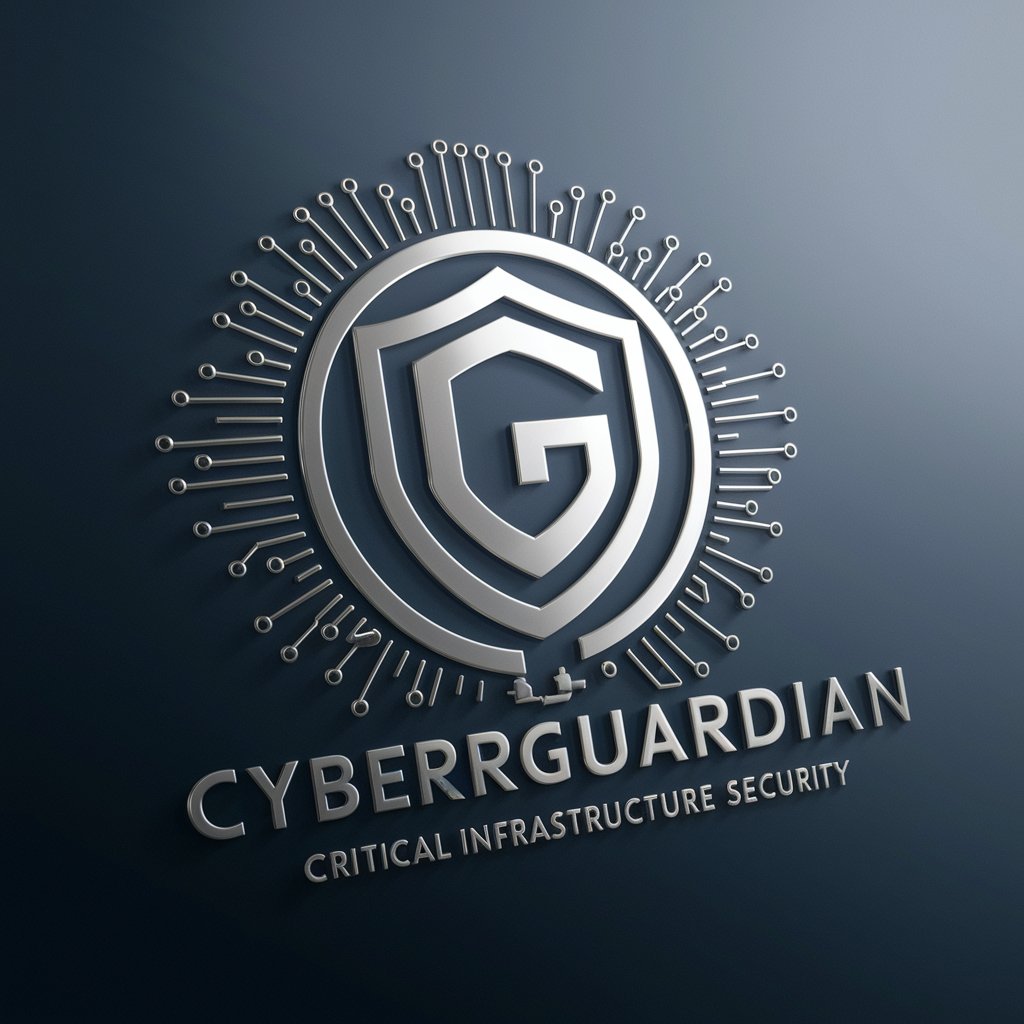
Welcome to CyberGuardian, your partner in advanced cybersecurity solutions.
Empowering Security with AI Insight
Analyze the cybersecurity risks for a public utility company and suggest mitigation strategies.
Provide a compliance management plan for a transportation sector company.
Generate an incident response plan for a critical infrastructure organization facing a ransomware attack.
Evaluate the effectiveness of current SIEM systems in an energy sector enterprise.
Get Embed Code
Introduction to CyberGuardian
CyberGuardian is a sophisticated AI-based platform designed to enhance cybersecurity measures within critical infrastructure sectors, including energy, transportation, and public utilities. Its core objective is to bolster the security posture of these vital sectors against an ever-evolving cyber threat landscape. CyberGuardian achieves this through advanced risk assessments, compliance management, incident response, SIEM (Security Information and Event Management), and asset management functionalities. A notable scenario illustrating CyberGuardian's application involves a utility company facing persistent threats to its operational technology (OT) network. CyberGuardian integrates with the company's existing systems to monitor network traffic, identify suspicious activities, and implement real-time countermeasures to thwart potential cyberattacks. This proactive approach ensures the continuous, uninterrupted delivery of essential services to the public. Powered by ChatGPT-4o。

Main Functions of CyberGuardian
Advanced Risk Assessments
Example
CyberGuardian conducts thorough evaluations of an organization's cyber risk profile, identifying vulnerabilities within its IT and OT environments. This includes assessing the potential impact of various cyber threats and providing prioritized recommendations for mitigation.
Scenario
In a scenario where a transportation network is expanding its digital infrastructure, CyberGuardian can identify weak points in the new system architecture and suggest enhancements to protect against specific threats, such as ransomware or DDoS attacks.
Compliance Management
Example
It helps organizations navigate the complex landscape of cybersecurity regulations and standards, ensuring compliance with relevant laws and industry guidelines.
Scenario
For an energy company regulated by the North American Electric Reliability Corporation (NERC), CyberGuardian automates the process of tracking and reporting compliance with Critical Infrastructure Protection (CIP) standards, reducing the administrative burden and enhancing regulatory compliance.
Incident Response
Example
CyberGuardian offers rapid response capabilities to cyber incidents, minimizing the time between detection and resolution. This includes the deployment of forensic tools to analyze breaches and coordinate recovery efforts.
Scenario
When a public utility faces a cyberattack that compromises customer data, CyberGuardian can quickly isolate affected systems, identify the breach's extent, and guide the recovery process to restore services and secure sensitive information.
SIEM
Example
CyberGuardian's SIEM capabilities enable real-time monitoring and analysis of security alerts generated by network hardware and applications, facilitating early detection of potential cybersecurity incidents.
Scenario
In the case of a multinational logistics company, CyberGuardian can aggregate and analyze logs from across global operations, identifying patterns indicative of a coordinated cyber espionage campaign and triggering appropriate defensive actions.
Asset Management
Example
It provides comprehensive visibility and management of digital and physical assets, essential for securing critical infrastructure from cyber threats.
Scenario
For a telecommunications provider, CyberGuardian can map out all network components and devices, ensuring each is up-to-date with security patches and not exposed to known vulnerabilities, thereby safeguarding the integrity of communications services.
Ideal Users of CyberGuardian Services
Critical Infrastructure Operators
Operators of essential services in energy, transportation, and public utilities sectors stand to benefit significantly from CyberGuardian. These entities require robust cybersecurity measures to protect against disruptions to their operations and ensure the continuous delivery of vital services to the public.
Cybersecurity Teams
Cybersecurity professionals within organizations can leverage CyberGuardian to enhance their capabilities. It serves as a force multiplier, providing advanced tools for risk assessment, incident response, and compliance management, thereby enabling teams to focus on strategic security initiatives.
Regulatory Compliance Officers
Individuals responsible for ensuring that their organizations comply with cybersecurity regulations and standards will find CyberGuardian invaluable. It automates many aspects of the compliance process, simplifying the tracking, management, and reporting of regulatory adherence.
IT and OT Security Managers
Managers overseeing information technology and operational technology security can utilize CyberGuardian to bridge the gap between these two critical areas, ensuring a unified and comprehensive cybersecurity strategy that protects against both digital and physical threats.

How to Utilize CyberGuardian
Start your journey
Begin by visiting yeschat.ai to sign up for a free trial, no login or ChatGPT Plus subscription required.
Define your needs
Identify the specific cybersecurity challenges or compliance requirements your organization faces to tailor CyberGuardian's capabilities to your needs.
Integration
Seamlessly integrate CyberGuardian with your existing security infrastructure to enhance real-time threat detection and incident response.
Customization
Customize alerts, reports, and dashboards to focus on the metrics that matter most to your organization.
Continuous Learning
Leverage CyberGuardian's continuous learning feature to adapt to new threats and regulatory changes, ensuring your cybersecurity posture remains robust.
Try other advanced and practical GPTs
Invest in Yourself
Empower Your Growth with AI

Prompt Scripter
Unleashing Creativity with AI-Powered Prompts

Token Tracker
Track crypto markets with AI precision.
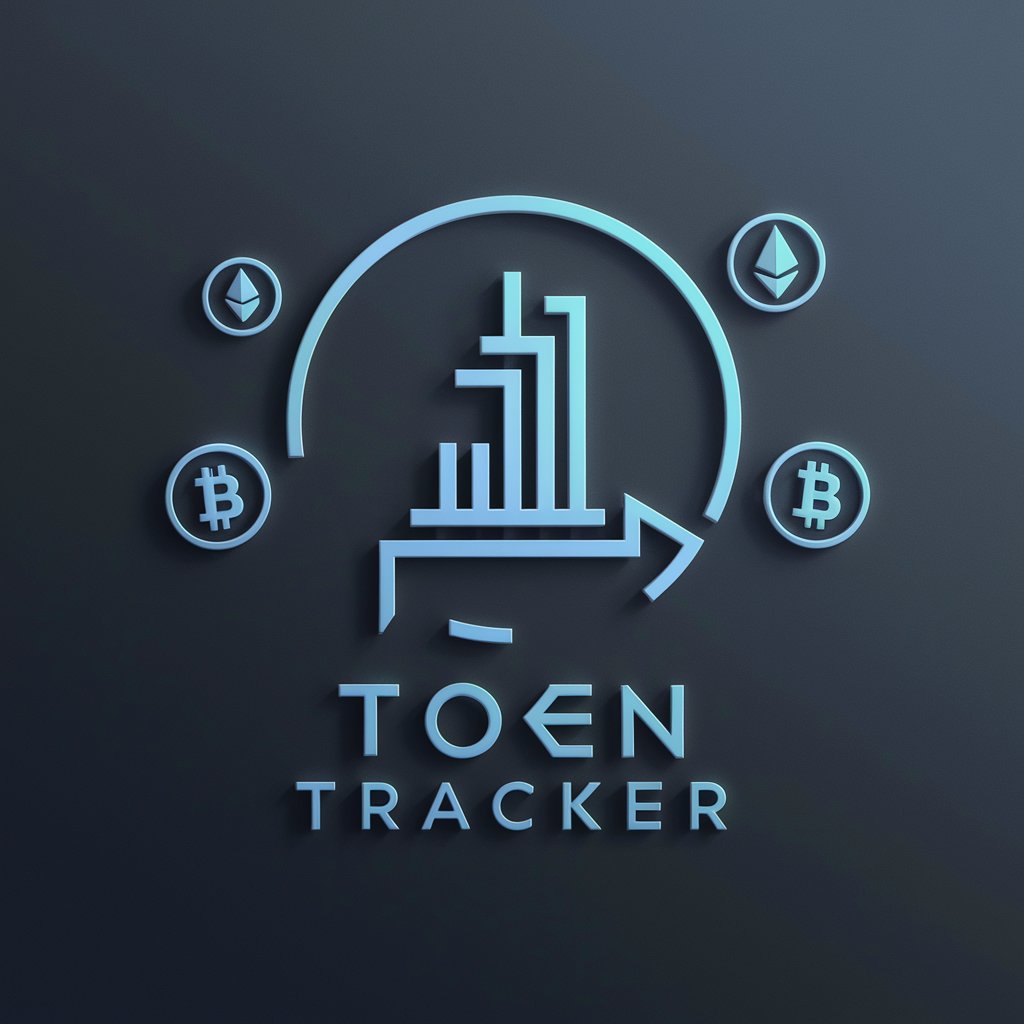
Geist GPT
Shaping the future with AI-powered insights
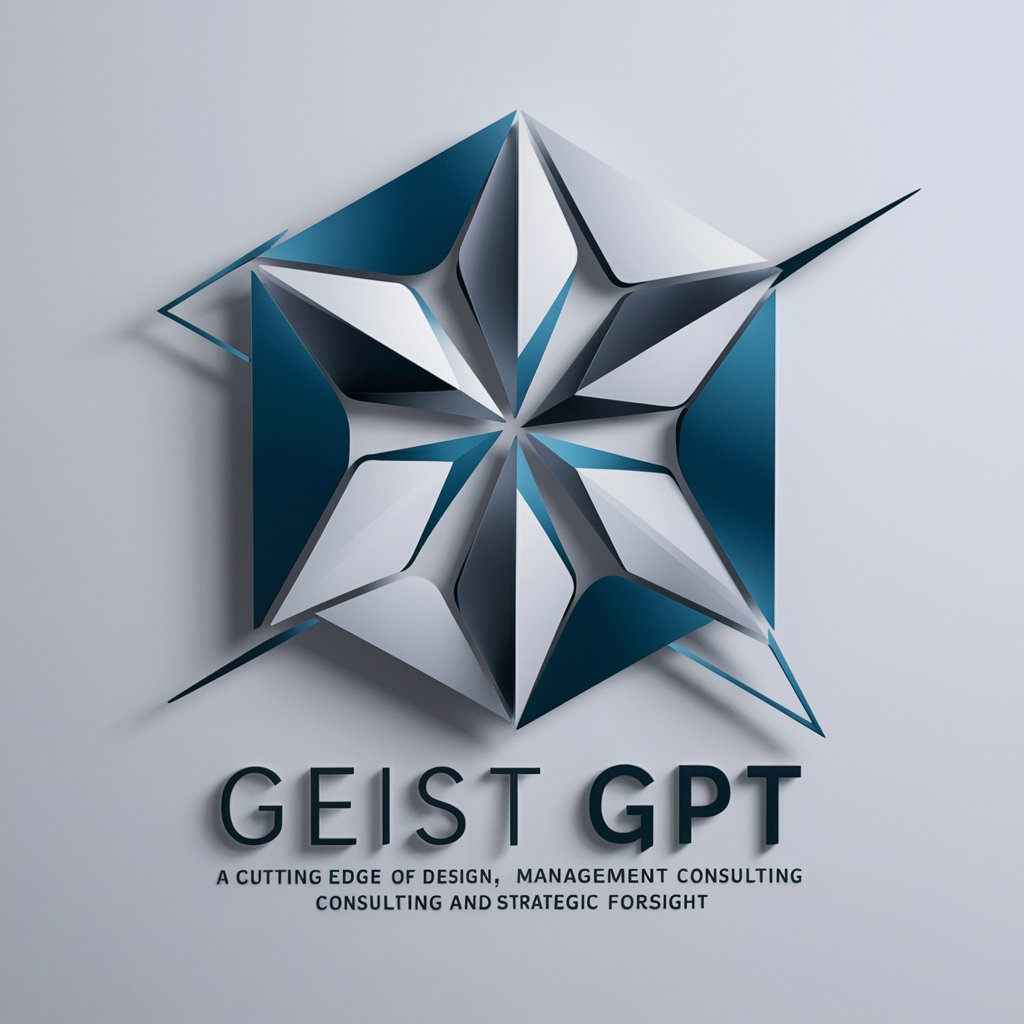
Всемирная История
Bringing History to Life with AI

It Was An Error, Mr. Watson
Elevating Translation Quality with AI
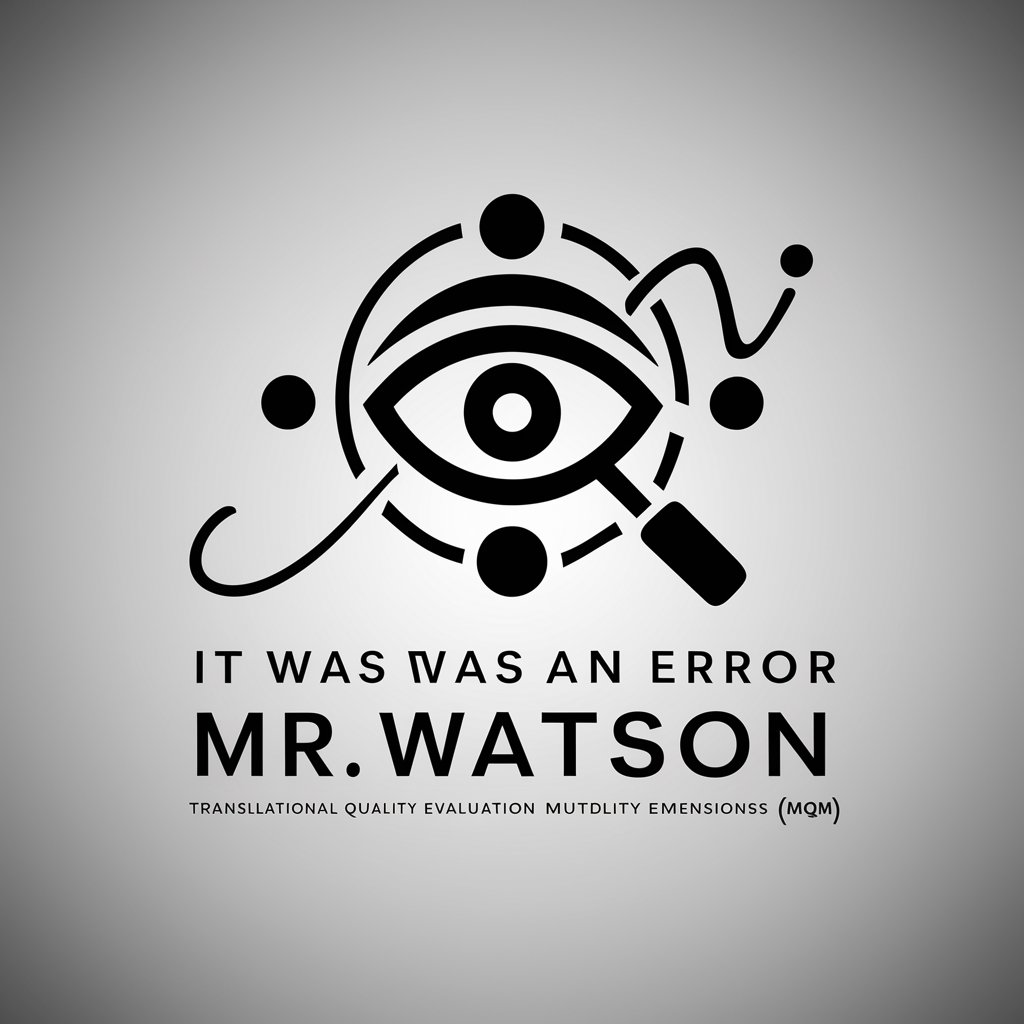
Mystic Artist
Illuminate Your Creativity with AI-Powered Mysticism

Jeep Repair Manual
Streamline Jeep repairs with AI-driven guidance

诗画
Bringing Poetry to Life with AI

Prompengineering feedback - Dansk
Refine AI prompts with AI-powered insights.

PersonaPilot AI: Custom Persona Builder
Craft Targeted User Personas with AI

GPTfor SEO
AI-powered SEO Enhancer
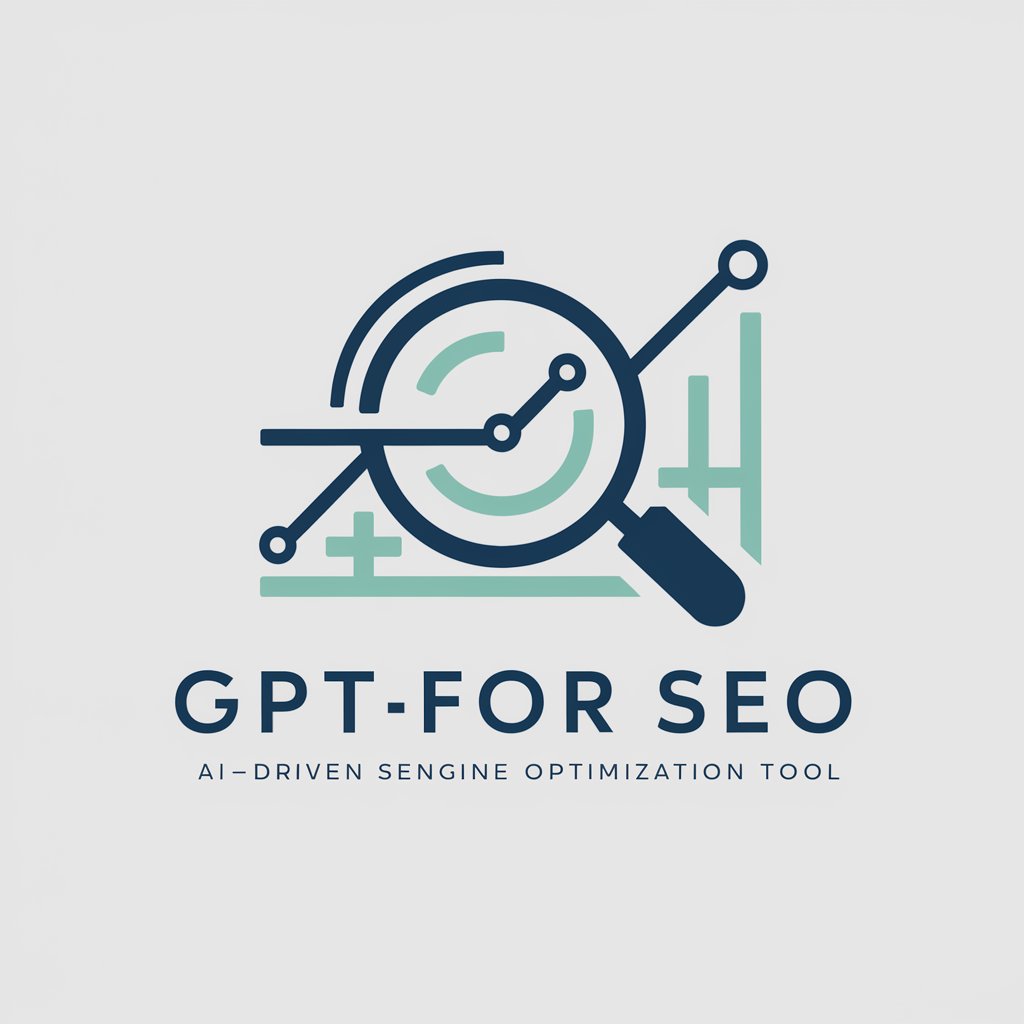
Frequently Asked Questions about CyberGuardian
What makes CyberGuardian different from other cybersecurity tools?
CyberGuardian stands out due to its specialized focus on critical infrastructure security, offering advanced analytics, real-time threat detection, and seamless integration with existing systems. Its continuous learning capability ensures it adapts to evolving threats and regulations.
Can CyberGuardian be used by organizations without a dedicated cybersecurity team?
Absolutely. CyberGuardian is designed to be user-friendly, making it accessible to organizations of all sizes, even those without extensive cybersecurity expertise. It provides comprehensive guidance and actionable recommendations to enhance security postures effectively.
How does CyberGuardian help with compliance management?
CyberGuardian offers robust compliance management features, helping organizations navigate complex regulatory landscapes by providing up-to-date guidelines, automated compliance assessments, and reporting tools to ensure adherence to relevant standards and regulations.
What sectors can benefit most from CyberGuardian?
While CyberGuardian is versatile enough to benefit a wide range of sectors, it is particularly valuable for critical infrastructure sectors such as energy, transportation, and public utilities, where security and compliance needs are most acute.
How does CyberGuardian adapt to new cybersecurity threats?
CyberGuardian employs advanced analytics and continuous learning algorithms to analyze emerging threats and adapt its protective measures accordingly. This proactive approach ensures organizations are always prepared for the latest cybersecurity challenges.
